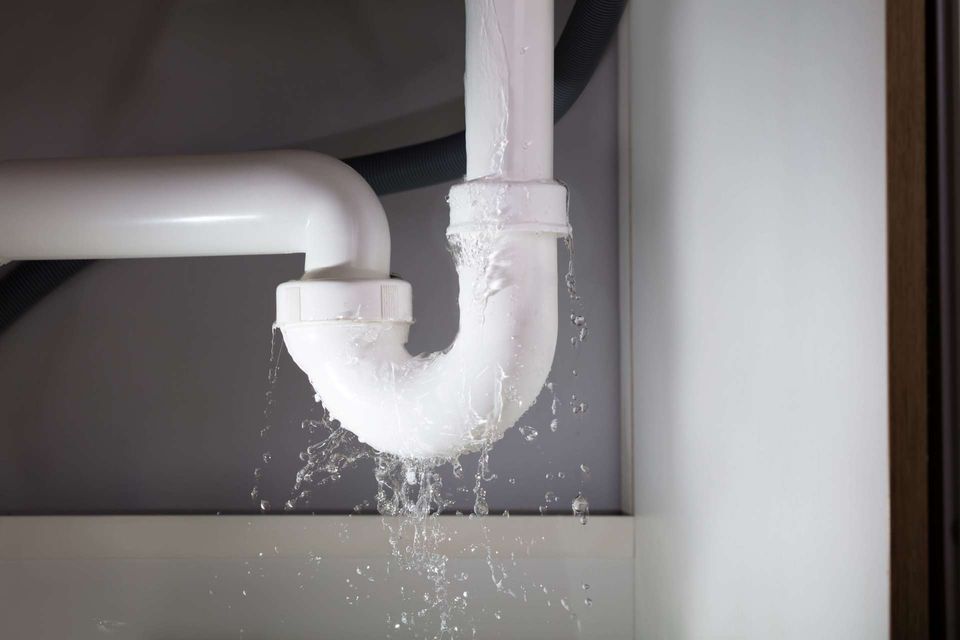Nearly everybody may have their unique idea with regards to Detecting hidden plumbing leaks.

Early detection of dripping water lines can mitigate a potential catastrophe. Aside from saving you money, it will reduce the aggravation and disappointment. The moment you find a leak, calling your plumber for fixings is the best service. Some little water leakages might not be noticeable. If you can not spot it with your nude eyes, right here are some hacks that help.
1. Examine the Water Meter
Every home has a water meter. Checking it is a proven manner in which helps you uncover leaks. For beginners, switch off all the water sources. Make sure nobody will flush, use the tap, shower, run the washing device or dish washer. From there, go to the meter and watch if it will change. Given that nobody is utilizing it, there must be no motions. If it relocates, that indicates a fast-moving leak. If you find no adjustments, wait a hr or two as well as inspect back once more. This suggests you might have a slow leak that could even be below ground.
2. Examine Water Consumption
Assess your water bills and track your water consumption. As the one paying it, you should notice if there are any inconsistencies. If you identify sudden changes, in spite of your usage being the same, it means that you have leaks in your plumbing system. Bear in mind, your water costs must drop under the very same variety each month. An unexpected spike in your bill indicates a fast-moving leakage.
A constant increase every month, even with the very same habits, reveals you have a slow leak that's additionally slowly intensifying. Call a plumber to extensively inspect your home, particularly if you really feel a cozy location on your floor with piping beneath.
3. Do a Food Coloring Test
30% comes from toilets when it comes to water consumption. Test to see if they are running correctly. Decrease flecks of food color in the storage tank as well as wait 10 mins. If the shade in some way infiltrates your dish throughout that time without flushing, there's a leakage in between the storage tank and dish.
4. Asses Exterior Lines
Do not fail to remember to examine your outside water lines also. Must water leak out of the connection, you have a loosened rubber gasket. One small leak can lose tons of water as well as surge your water bill.
5. Inspect and Evaluate the Circumstance
Homeowners should make it a habit to examine under the sink counters and also inside cabinets for any bad odor or mold and mildew growth. These two warnings indicate a leak so punctual interest is needed. Doing regular assessments, also bi-annually, can save you from a significant trouble.
Examine for discolorations and also compromising as most devices as well as pipelines have a life expectancy. If you presume leaking water lines in your plumbing system, don't wait for it to rise.
Early detection of leaking water lines can alleviate a possible calamity. Some tiny water leaks might not be noticeable. Checking it is a surefire means that aids you find leakages. One small leak can squander lots of water and spike your water bill.
If you believe dripping water lines in your plumbing system, don't wait for it to escalate.
WARNING SIGNS OF WATER LEAKAGE BEHIND THE WALL
PERSISTENT MUSTY ODORS
As water slowly drips from a leaky pipe inside the wall, flooring and sheetrock stay damp and develop an odor similar to wet cardboard. It generates a musty smell that can help you find hidden leaks.
MOLD IN UNUSUAL AREAS
Mold usually grows in wet areas like kitchens, baths and laundry rooms. If you spot the stuff on walls or baseboards in other rooms of the house, it’s a good indicator of undetected water leaks.
STAINS THAT GROW
When mold thrives around a leaky pipe, it sometimes takes hold on the inside surface of the affected wall. A growing stain on otherwise clean sheetrock is often your sign of a hidden plumbing problem.
PEELING OR BUBBLING WALLPAPER / PAINT
This clue is easy to miss in rooms that don’t get much use. When you see wallpaper separating along seams or paint bubbling or flaking off the wall, blame sheetrock that stays wet because of an undetected leak.
BUCKLED CEILINGS AND STAINED FLOORS
If ceilings or floors in bathrooms, kitchens or laundry areas develop structural problems, don’t rule out constant damp inside the walls. Wet sheetrock can affect adjacent framing, flooring and ceilings.
https://www.servicemasterbyzaba.com/blog/how-to-detect-water-leakage-in-walls/

I came across that blog post about Leaking water lines when browsing the internet. Are you aware of anybody else who is very much interested in the subject? Please feel free to promote it. Thank you so much for going through it.